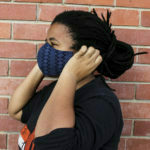 Step 1. Heading – putting your mask on
Step 1. Heading – putting your mask on
Wash your hands carefully before putting on the mask either with soap and water for 20 seconds or cleanse carefully with hand sanitiser, rubbing the sanitiser all over your hands for at least 10 seconds. Take a clean mask and place over your nose and mouth, securing the loops over your ears. If the mask has strings or ties, fasten these securely behind your head.
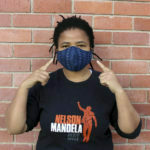 Step 2. Make sure that the mask fits well.
Step 2. Make sure that the mask fits well.
The mask should first comfortably and you should be able to breathe easily. The mask should not be loose and should fit snugly. There should be no gaps between your face and the mask. The mask should fit securely over your nose.
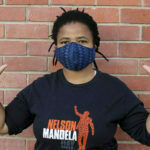 Step 3. Do not touch your mask
Step 3. Do not touch your mask
After placing the mask securely on your face, do not touch the outside of the mask with your hands again. This is to prevent yourself either contaminating your hands if virus particles land on your mask, or to prevent you from transferring particles from your hands to your mask). If you do accidentally touch your mask then immediately wash your hands with soap and water for 20 seconds or with hand sanitiser.
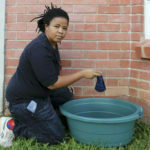 Step 4. Plan ahead what you will do with the mask after wearing it
Step 4. Plan ahead what you will do with the mask after wearing it
Decide what you will do with the mask once you are ready to take it off. If it is a disposable mask, have a bin ready with a sealed lid to place it in. If it is a reusable, cloth mask, have a sealable bag ready into which you can place it or preferably a bowl of hot soapy water for immediate washing of the mask.
 Step 5. Removing the mask.
Step 5. Removing the mask.
Wash your hands carefully. Remove the mask from behind without touching the front of the mask. Only the ties or loops and the inside of the mask. Do not touch your face or eyes when removing the mask.
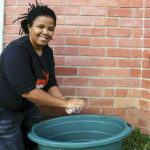 Step 6. Dispose of/or wash the mask
Step 6. Dispose of/or wash the mask
It is important that you know the difference between your masks. Dust masks and surgical masks should be disposed of in a sealed bin. Cloth masks should be carefully washed in soapy water and then placed somewhere to dry. Wash your hands carefully after removing the mask



